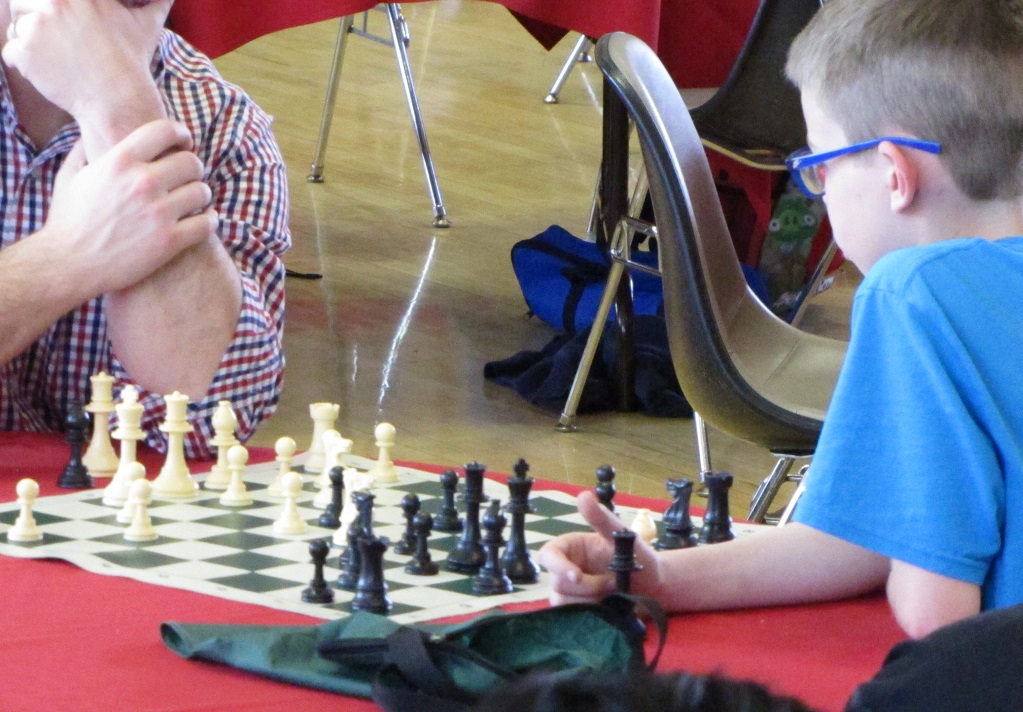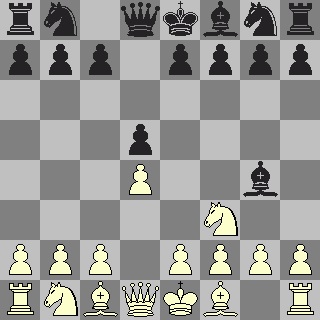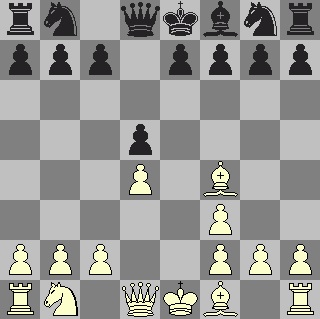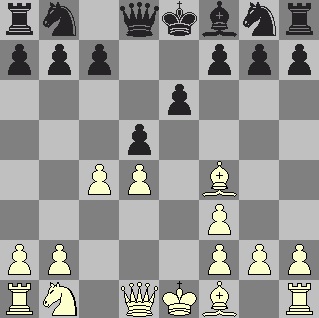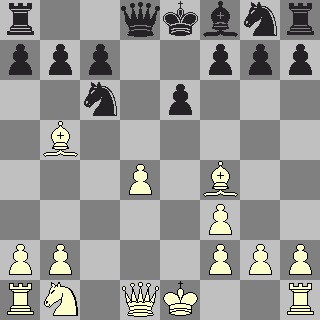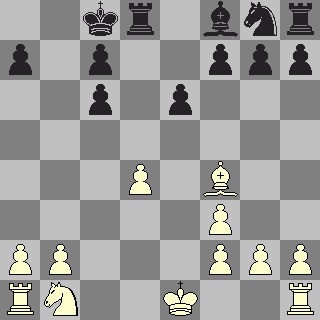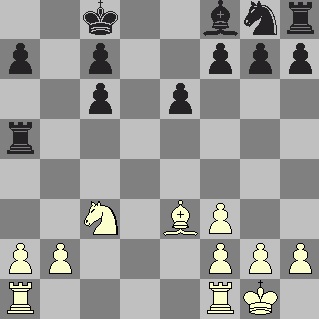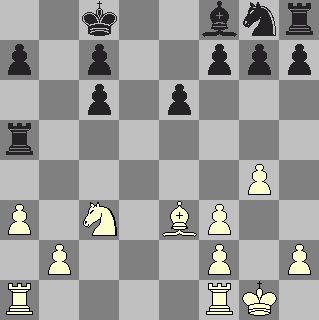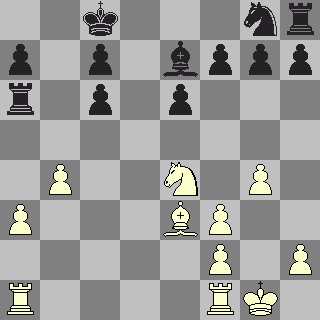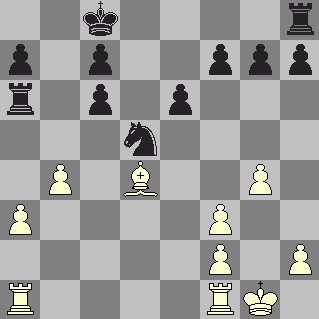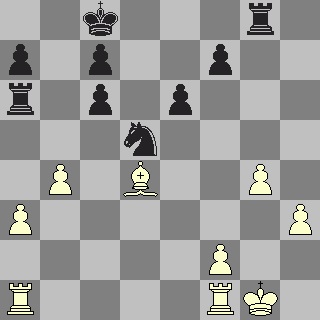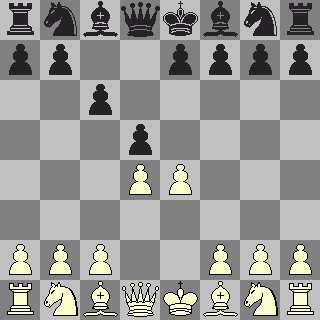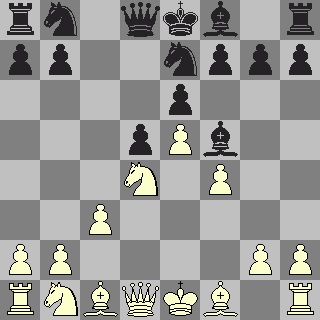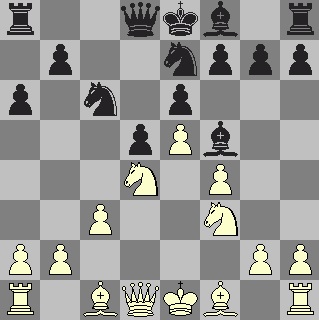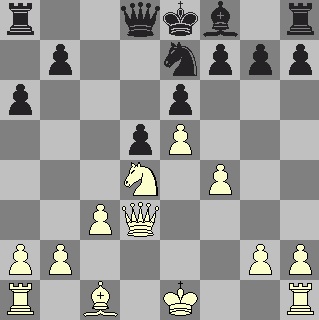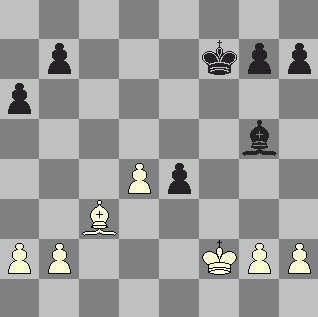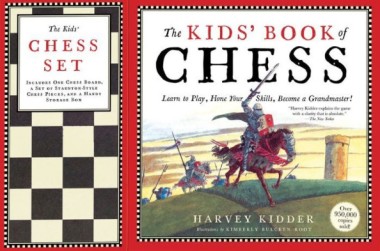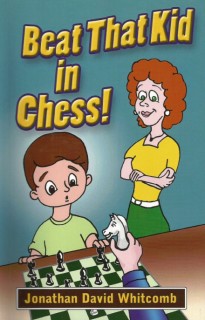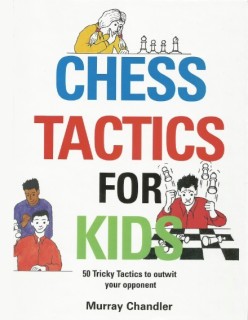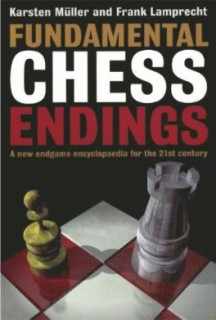I was delighted to participate in the chess event organized by Alexander Gustafsson on June 22, 2016, at the South Jordan Library, Salt Lake Valley. Alex has been a chess tutor for some time; I, Jonathan Whitcomb, have only recently begun offering private lessons for a fee. We agree that young people in Utah can greatly benefit from playing chess.
 Chess instructor Alexander Gustafsson, of Riverton, Utah
Chess instructor Alexander Gustafsson, of Riverton, Utah
.
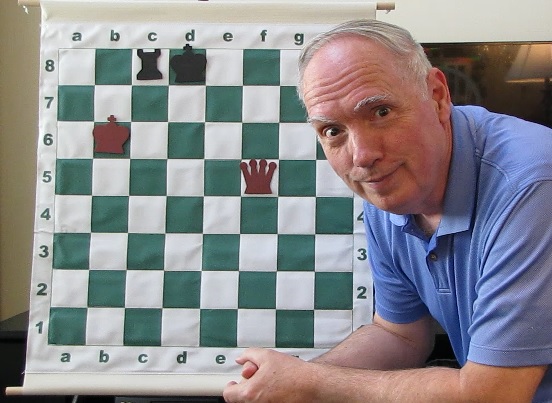
A new chess tutor in Murray, Utah: Jonathan Whitcomb
.
Simultaneous Exhibition, Salt Lake Valley, early summer of 2016
Mr. Gustafsson gave a simultaneous exhibition to end the chess event at the South Jordan County Library on June 22nd, and I was one of about nine players who tested the skills of this expert. As far as I know, I was the only one of his competitors who did not lose. Most of the players were children.
Here’s the game, with my comments.
White: Jonathan Whitcomb
Black: Alexander Gustafsson, giving the exhibition (rated 2086)
1) e4 c5
2) Nc3 . . . .
This does not necessarily guarantee a closed Sicilian Defense, but it makes that variation of this opening quite likely. White is the one who decides if it becomes closed or open.
2) . . . . Nc6
3) g3 d6
4) Bg2 g6
5) Nge2 Bg7
If White had played d4 earlier, this would be a Dragon variation of the Open Sicilian opening. It now looks like it will be a Closed Sicilian.
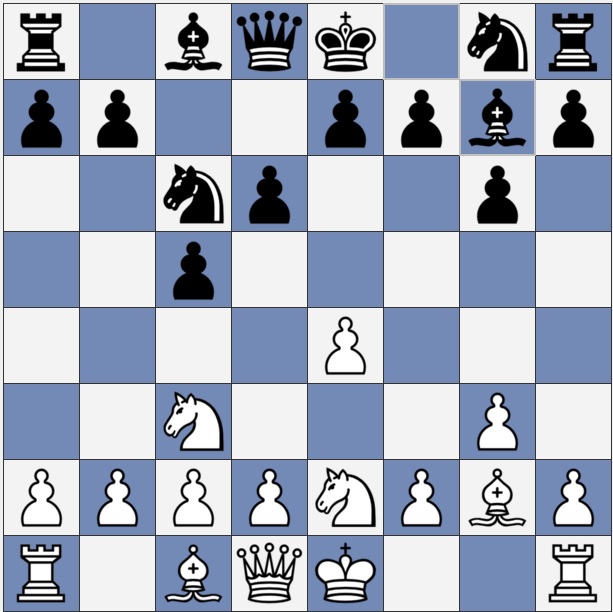
After five moves: Whitcomb vs Gustafsson (two chess tutors)
In the above position, White controls white squares in the center; Black, dark squares.
6) O-O Nf6
7) Nd5 . . . . I was considering repositioning this knight to the e3 square.
7) . . . . O-O
8) c3 . . . .
I had three things in mind with this move:
- Blocking the influence of Black’s bishop
- Keeping Black’s knight off the d4 square
- Preparing for a future pawn push: d4
I believe the second and third ideas are more important in this position.
8) . . . . e6
It’s nice to keep your opponent’s pieces out of your side of the board. In this case, however, Mr. Gustafsson was probably thinking more about pushing his pawn soon: d5.
9) Ne3 d5
According to the Stockfish chess engine, opportunities for White and Black are close to equal here.
10) exd5 exd5 Black could also have recaptured with the knight.
11) d4 . . . .
I foresaw that I could recapture with my queen, if my opponent traded knights on d4, even though my queen would be lined up with a potential threat from the bishop on g7.
11) . . . . cxd4
12) Nxd4 Nxd4
13) Qxd4 . . . .
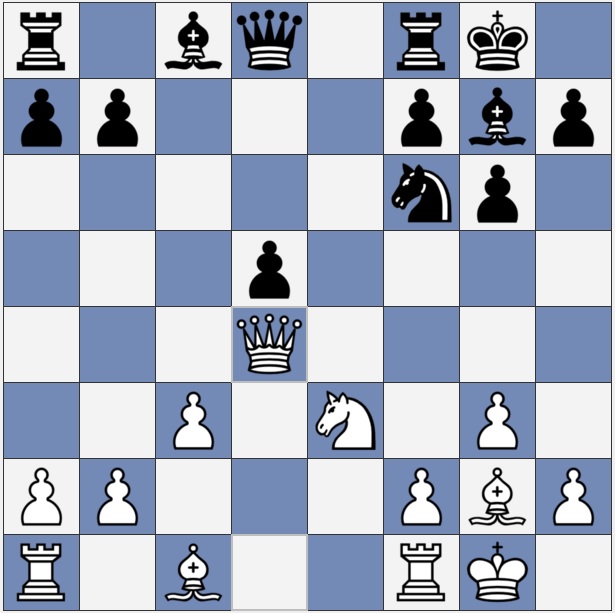
Black is about to move Be6, protecting the pawn at d5
According to Stockfish, White will have a tiny advantage after Black moves Be6 (+0.20). This probably relates to Black’s isolated d-pawn and the convenience White has in occupying the d4 square. In practice, however, the side with the isolated d-pawn can often get compensation by placing rooks on the c-file and e-file. In addition, White is not without a problem here: The dark-squared bishop needs to find a useful purpose.
By the way, even though the White queen may not be in danger from any immediate effective discovered attack by the bishop at g7, this is not a comfortable spot for the queen. The d4 square is better occupied by the white knight.
13) . . . . Be6 This protects Black’s pawn at d5.
14) Qb4 Qc7
15) Nc2 . . . . The knight makes its way toward d4.
15) . . . . a5
16) Qb5 . . . .
So far, many of the moves played in this simultaneous exhibition game have been some of the best moves, according to Stockfish. This could even be mistaken for a tournament game between two masters, up to this point, at least as far as I can tell (although I’ve never been rated close to a master level).
16) . . . . Qc6
Stockfish gives a number of moves that would have been better for Black, including driving away the white queen with Bd7.
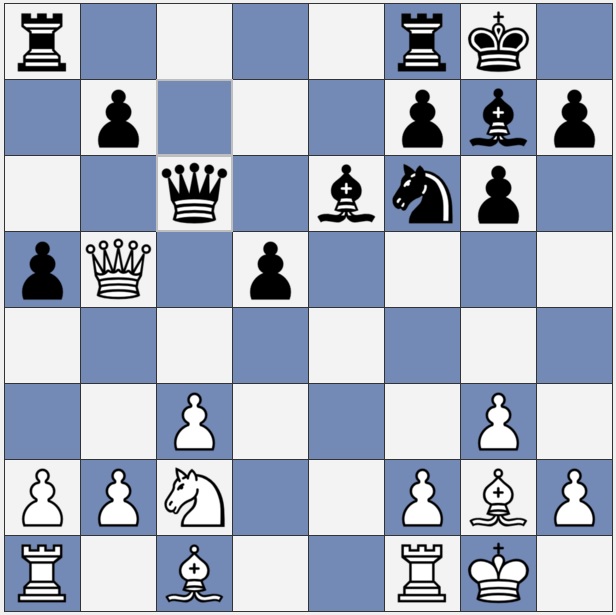 White to move can get a small positional advantage, with the right move
White to move can get a small positional advantage, with the right move
What’s the best move White can make in the above position? Why did the chess expert move his queen to c6, allowing for the exchange of queens? Remember that this was a game in a simultaneous exhibition. In this one, the great majority of players were either beginners or at least below about the 1200-level of competency, probably much below that level. And Mr. Gustafsson was racing around the tables, quickly demolishing his young less-experienced competitors.
He eventually slowed down a bit when contemplating his moves against me, but that may have been later in this game. At any rate, it may have seemed to him that it be likely I would exchange queens on my next move, even though this would eliminate his isolated-pawn problem. I would make mistakes of my own later in the game, but this time I made the best move, according to later analysis by Stockfish: I played Nd4.
17) Nd4 . . . .
This gives White a small advantage (+0.60), according to the chess engine. At about this point in the game I entertained a slight hope that I might even win.
17) . . . . Qxb5
18) Nxb5 Ne4
19) Be3 Rfc8
If I had now moved a4, I would have had a positional advantage rated at +0.70 by Stockfish, which is less than the equivalent of one pawn. But the chess tutor of the southern Salt Lake Valley, rated at 2086, continued racing around the boards, getting back to me so quickly that I had less time than I needed to play my best.
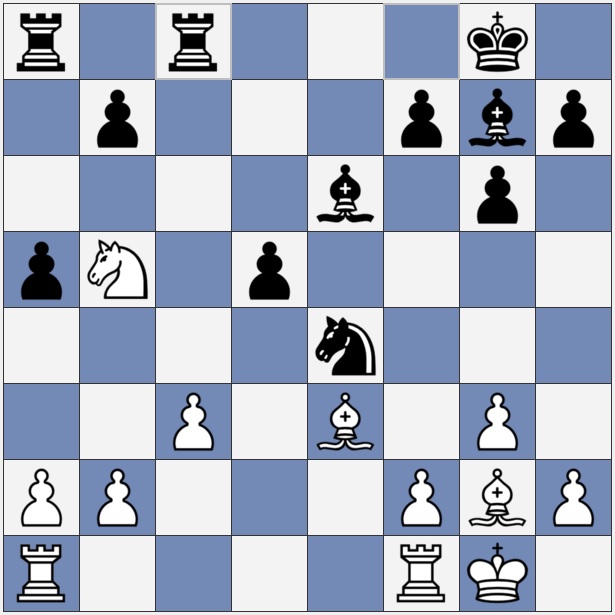 White should now move a4, blocking the black pawn at a5
White should now move a4, blocking the black pawn at a5
Having more time, however, would not likely have helped me in the above position.
20) Nd4 . . . .
This allowed my opponent to play a4. Stockfish gives about eight moves that would have been better than Nd4. Yet Mr. Gustafsson was still racing around the room, dashing off moves at a great pace. This allowed little time for his opponents to calculate moves but he also limited himself in time, a necessity in most simultaneous exhibitions.
20) . . . . Bxd4
Stockfish calculated that about six moves would have been better, including Nd6 and a4.
21) Bxd4 . . . .
White now has a clear but limited advantage, calculated by the chess engine at +0.84. With mutual sound play, this is often not enough to get a win for the stronger side.
21) . . . . . Nd2
This aggressive move is not surprising in a simultaneous, for the expert giving the demonstration would like to win. But post-game analysis by Stockfish gives at least eleven moves that would have been better for Black, including a4 and b5. That engine now rates White’s advantage at +1.11, which is often enough for a master to press it home for a win. Unfortunately, I am not a master.
Yet I recognized the possibility of winning this game: if only I could trap that knight.
22) Rfe1 b5
Now I should have played Re2 or Rad1. But I was too anxious to try to trap the knight.
23) b3 . . . .
The engine gives at least fifteen moves that would have been better. With b3 I threw away most of the positional advantage that I had accumulated. The problem for White is that Black’s pawn storm to too strong. I could see that I would win Black’s pawn at d5, but I had failed to see the strength of my opponent’s attack on the queenside.
23) . . . . a4
24) Rad1 Ne4
25) Bxe4 . . . .
This does not really win a pawn, but it does make a draw more likely, as it will lead to a chess end game with bishops of opposite colors.
25) . . . . dxe4
26) Rxe4 axb3
27) axb3 Bxb3
28) Rde1 Be6
29) Re5 Rab8
30) h4 h5
31) Rc5 . . . .
I had no more hope of winning now. Most, if not all, of the other games of the exhibition were over and Mr. Gustafsson could now concentrate on playing only against me. This end game, however, now appeared to me to be extremely likely to end in a draw.
31) . . . . Rd8
32) Bf6 Rd2
This does not give Black any real advantage, for few pawns remain on the board, and the White pawns are easily defended.
33) Rb1 Bd7
34) Re5 Re8
35) Re8+ Bxe8
36) Re1 Bc6
37) Bd4 f5
Now I should have moved Be3 or Kf1. Yet with reasonable play on both sides, this would very likely have ended in a draw.
38) Bc5
We agreed on a draw. The time had expired on our invitation to use that room at the South Jordan Library. In fact, however, Black now has a small advantage, albeit hardly enough to overcome the drawish nature of the bishops of opposite colors.
Thus ended the battle between two chess coaches in the Salt Lake Valley, on a hot day in June, 2016. I should mention that Alex and I had played two 5-minute games before the simultaneous, and he beat me both times. Those two wins against me were no surprise, as he is rated #26 in the state of Utah in regular time control, also playing Blitz chess well.
###
.
Have you considered taking private chess lessons? If you live in the Salt Lake Valley, please consider how I may be able to help you.
Private Instruction From a Chess Tutor
The chess-book author Jonathan Whitcomb, of Murray, Utah, is now offering a new method of chess instruction in private lessons in the Salt Lake Valley.
Chess Lessons in the Salt Lake Valley
His book Beat That Kid in Chess may be the first chess book to systematically use the NIP system of instruction: nearly-identical positions. This method, when used as Whitcomb has demonstrated, can more quickly boost a chess student’s abilities in the royal game . . .
Titled “Utah Chess Family” – this has tournament information including help for beginners and for parents of younger players who’d like to play in a chess tournament. Alex gives chess lessons in the Salt Lake Valley, especially in the southern communities.
.




